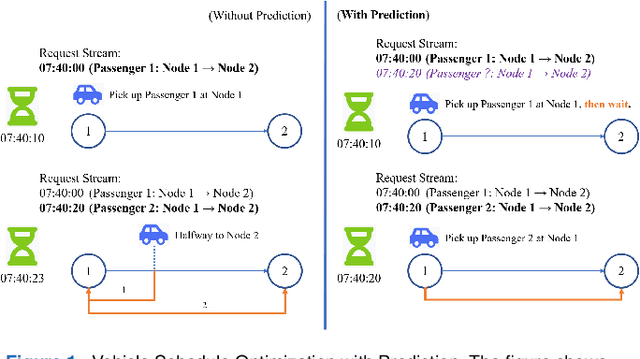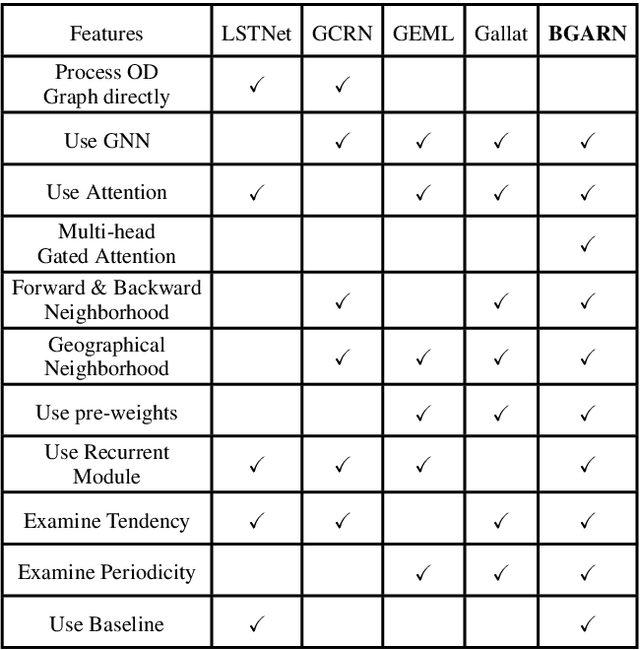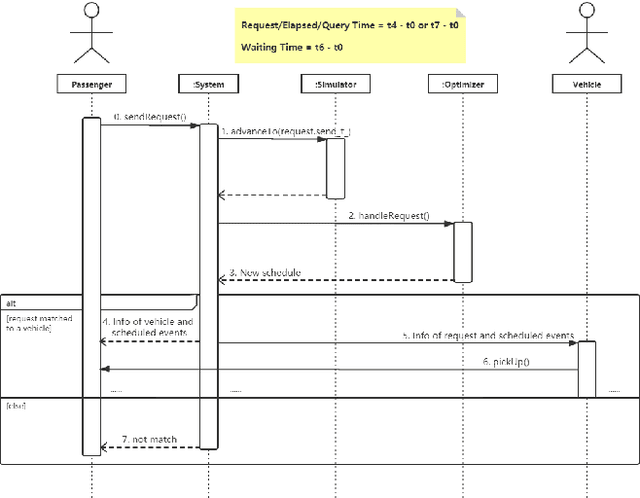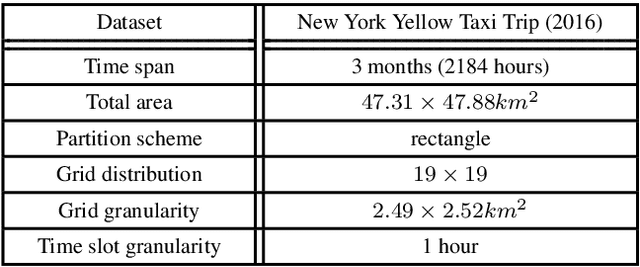A Baselined Gated Attention Recurrent Network for Request Prediction in Ridesharing
Paper and Code
Jul 11, 2022



Ridesharing has received global popularity due to its convenience and cost efficiency for both drivers and passengers and its strong potential to contribute to the implementation of the UN Sustainable Development Goals. As a result recent years have witnessed an explosion of research interest in the RSODP (Origin-Destination Prediction for Ridesharing) problem with the goal of predicting the future ridesharing requests and providing schedules for vehicles ahead of time. Most of existing prediction models utilise Deep Learning, however they fail to effectively consider both spatial and temporal dynamics. In this paper the Baselined Gated Attention Recurrent Network (BGARN), is proposed, which uses graph convolution with multi-head gated attention to extract spatial features, a recurrent module to extract temporal features, and a baselined transferring layer to calculate the final results. The model is implemented with PyTorch and DGL (Deep Graph Library) and is experimentally evaluated using the New York Taxi Demand Dataset. The results show that BGARN outperforms all the other existing models in terms of prediction accuracy.
 Add to Chrome
Add to Chrome Add to Firefox
Add to Firefox Add to Edge
Add to Edge